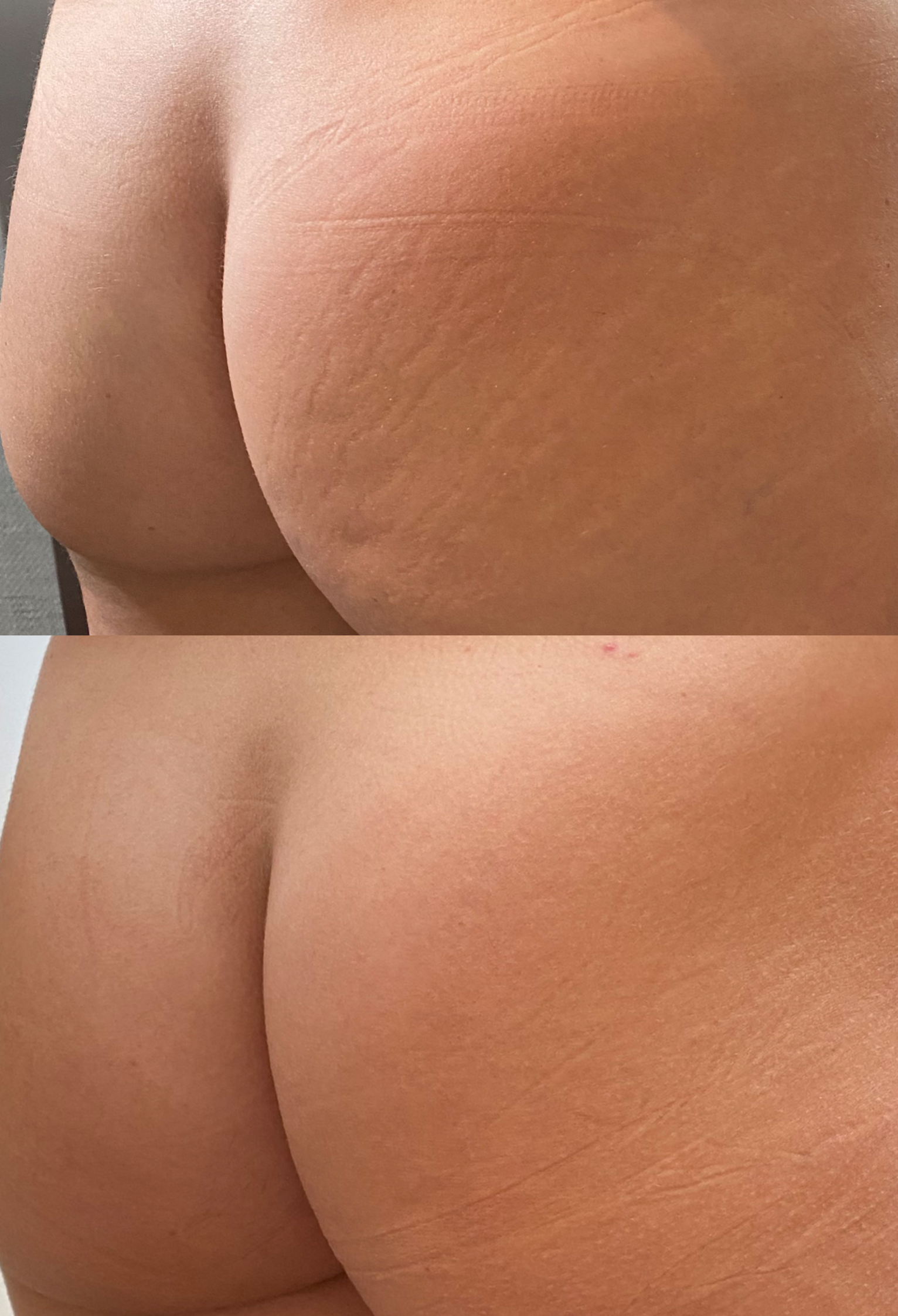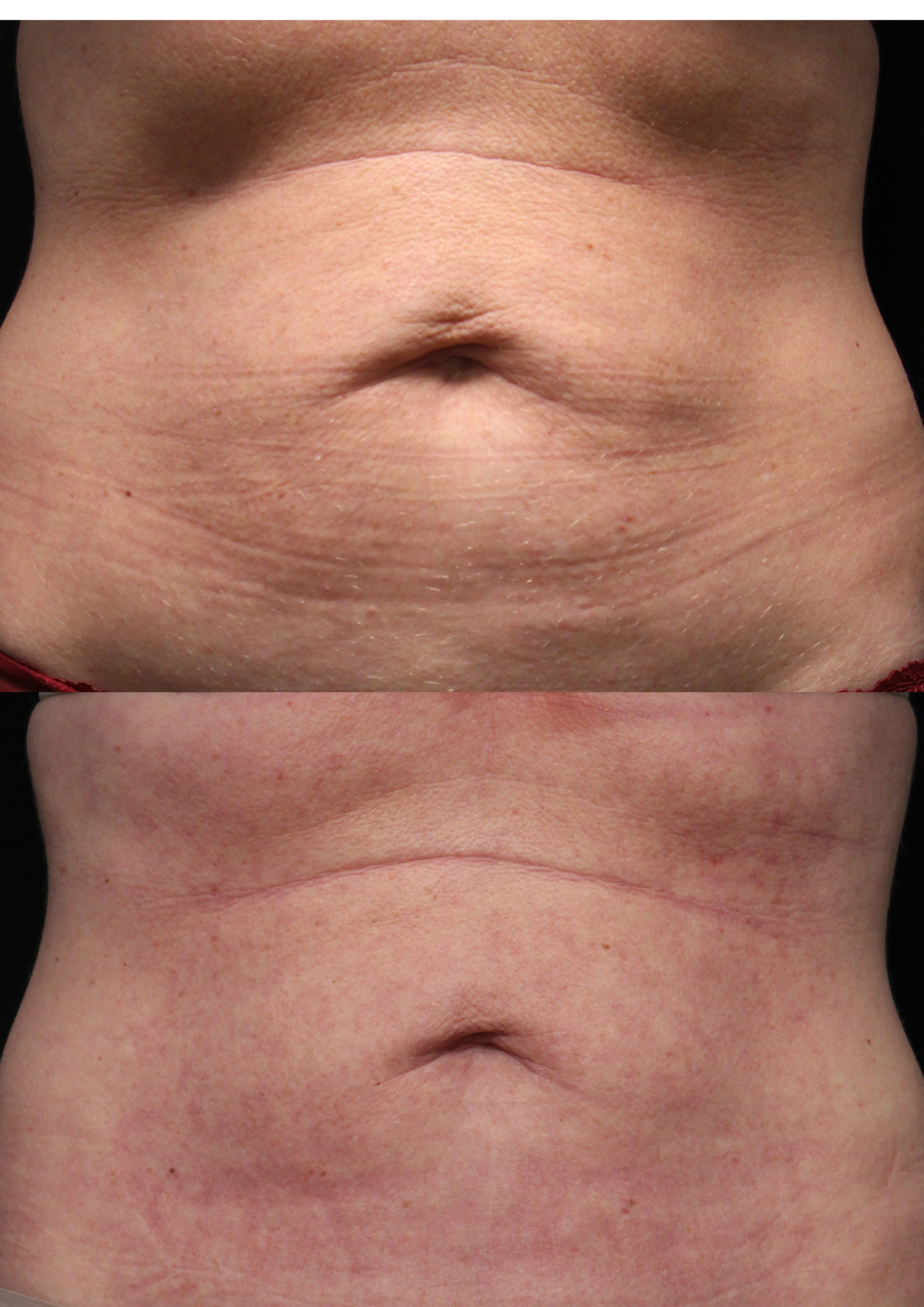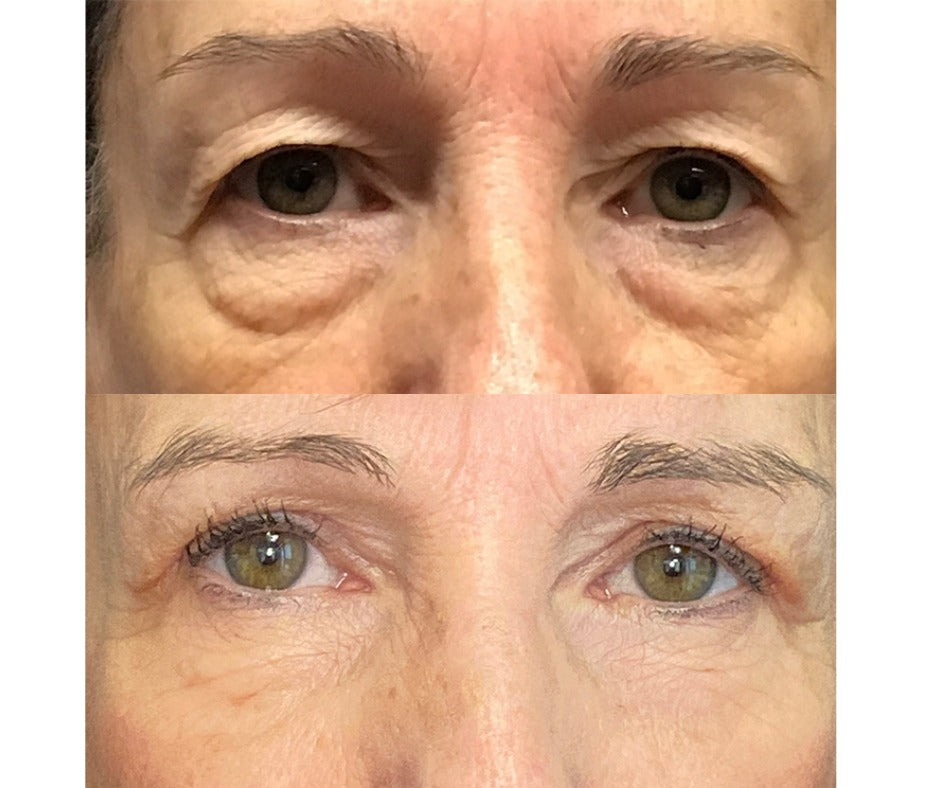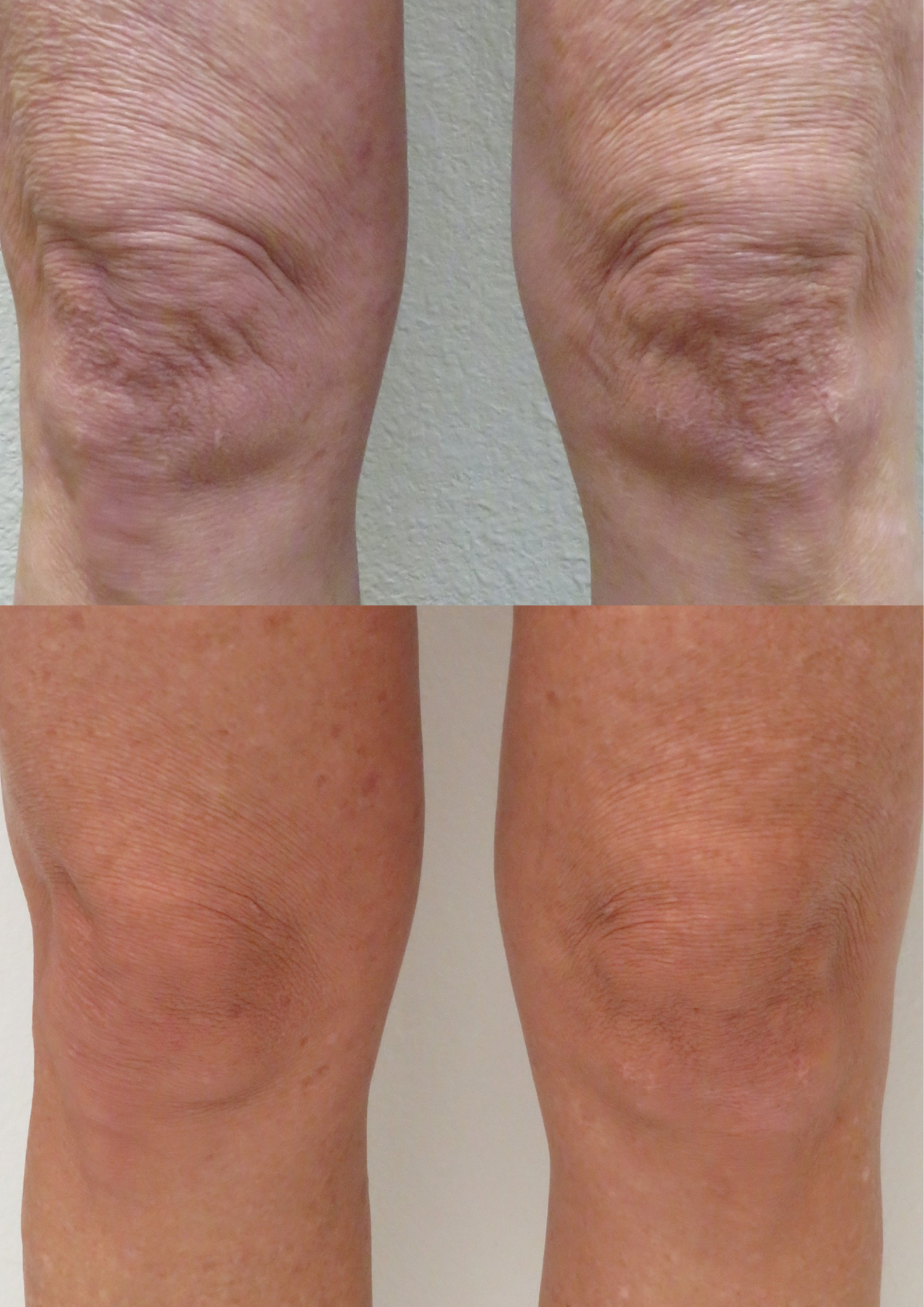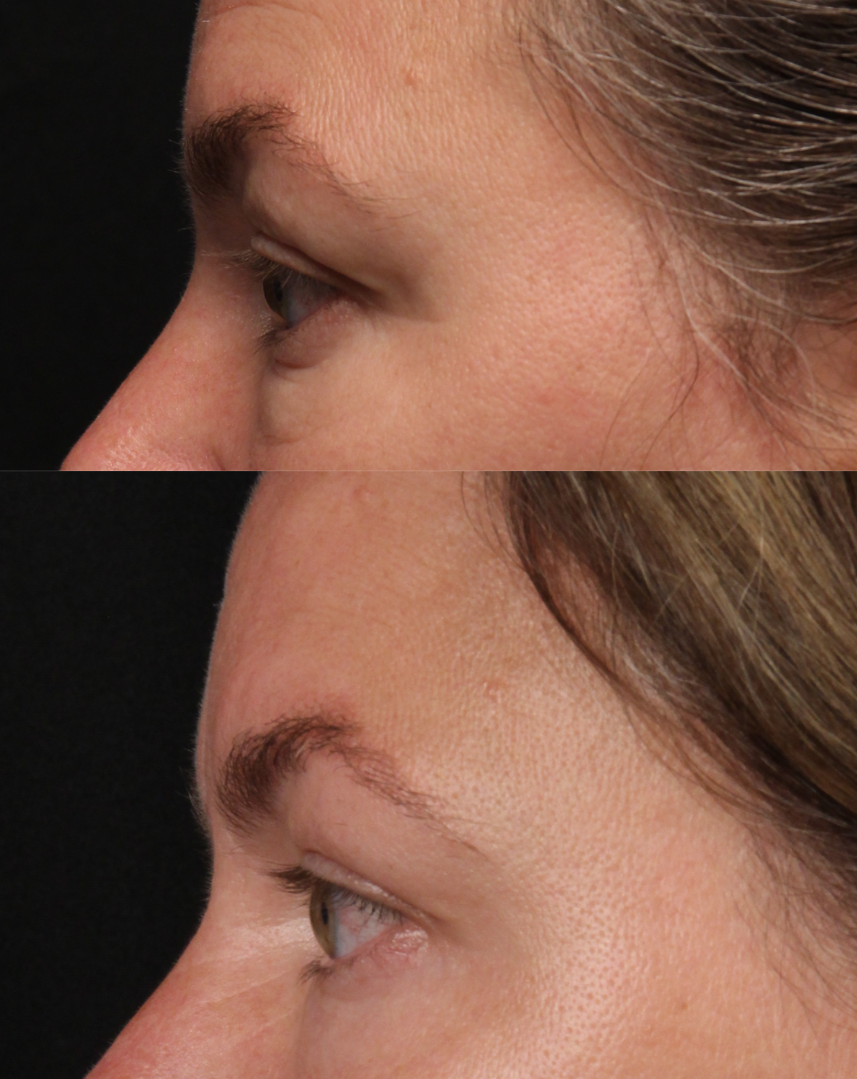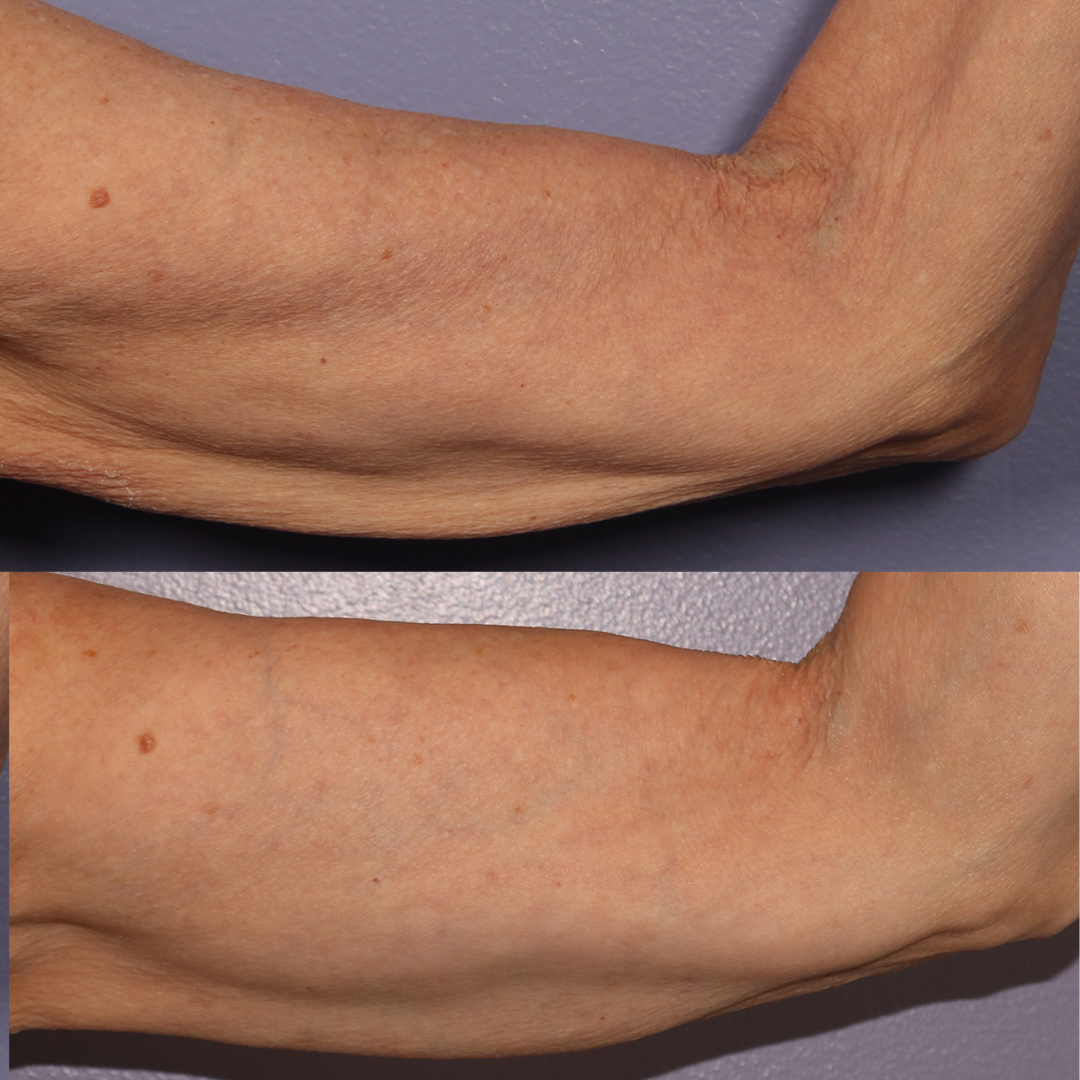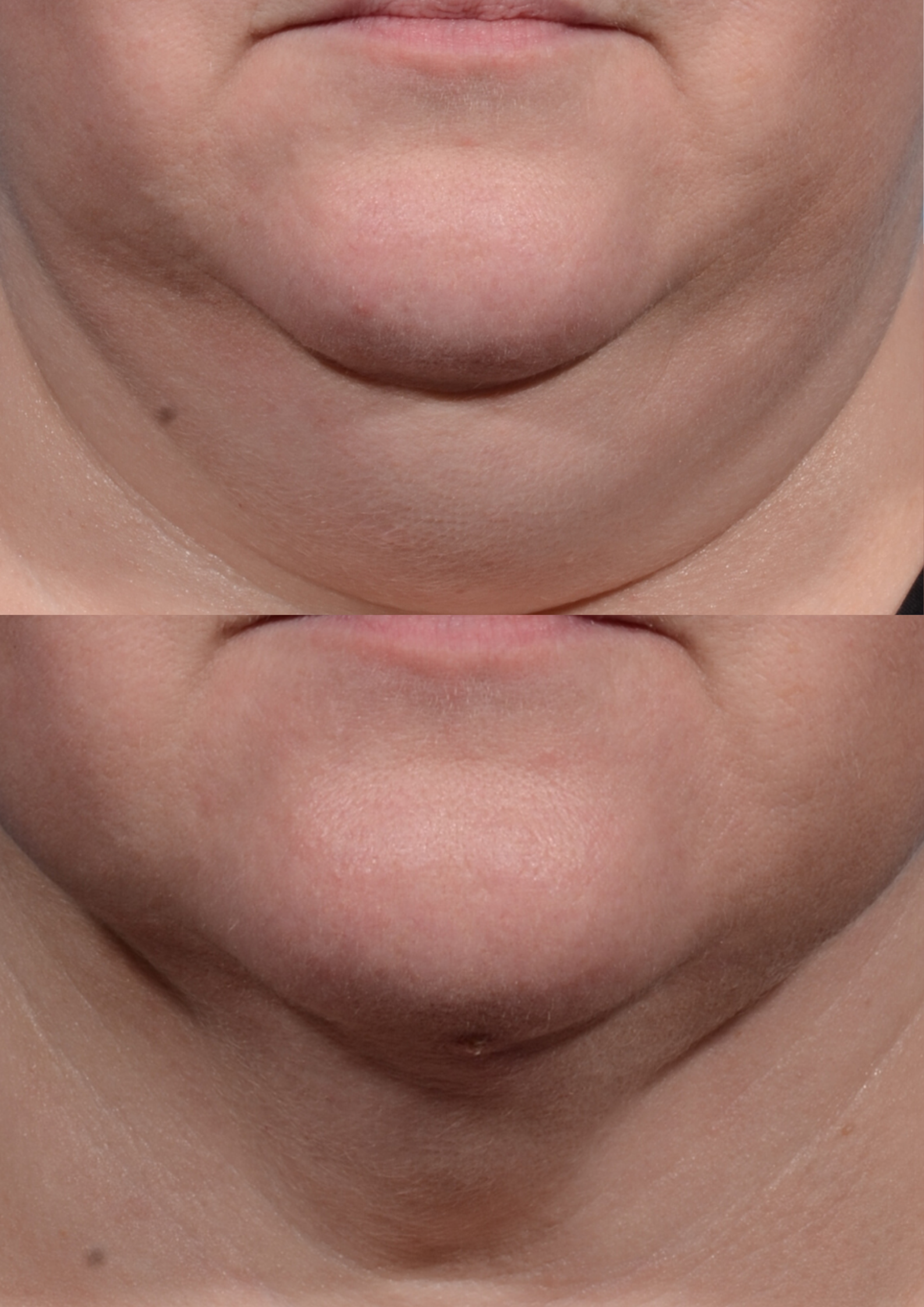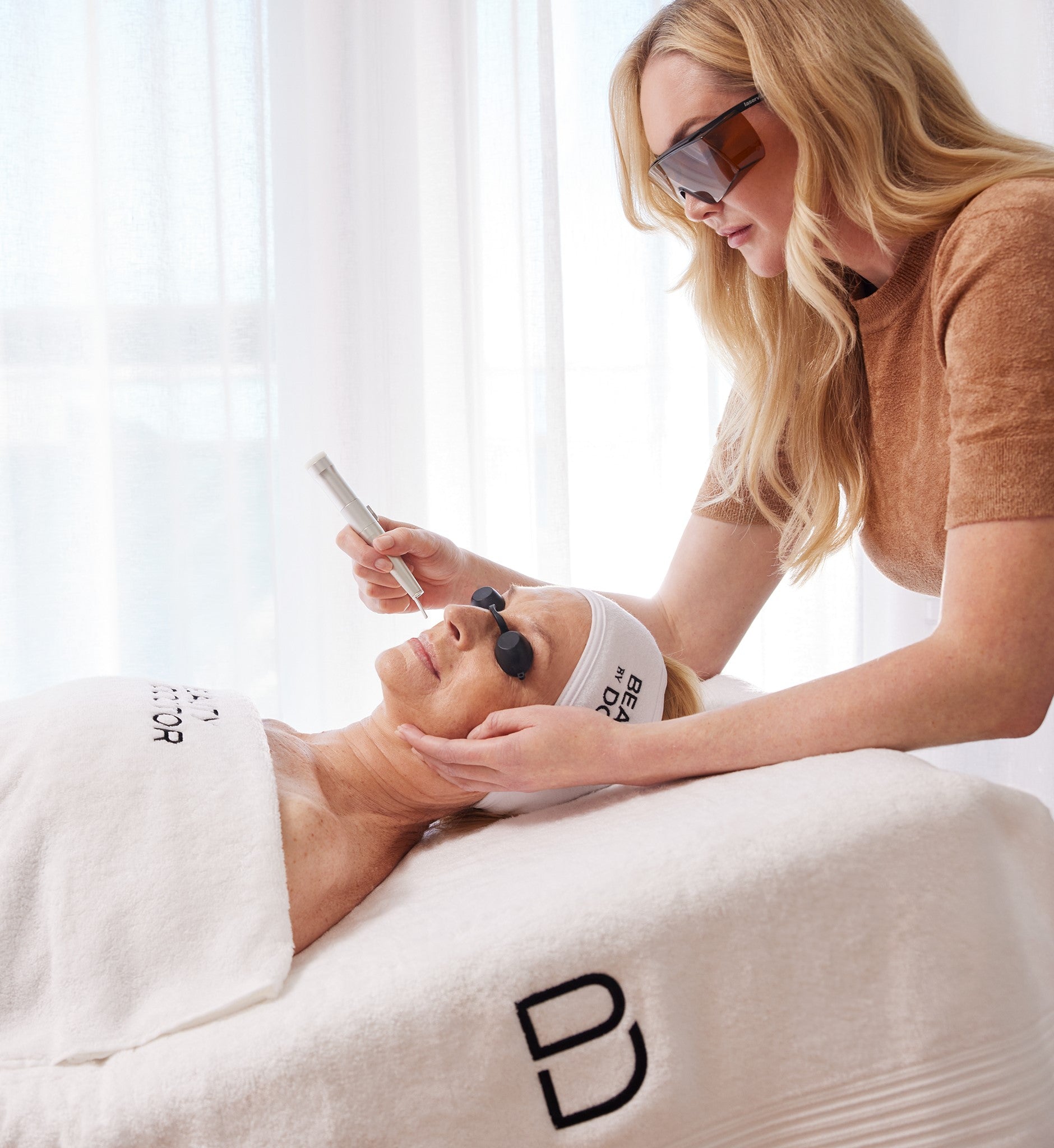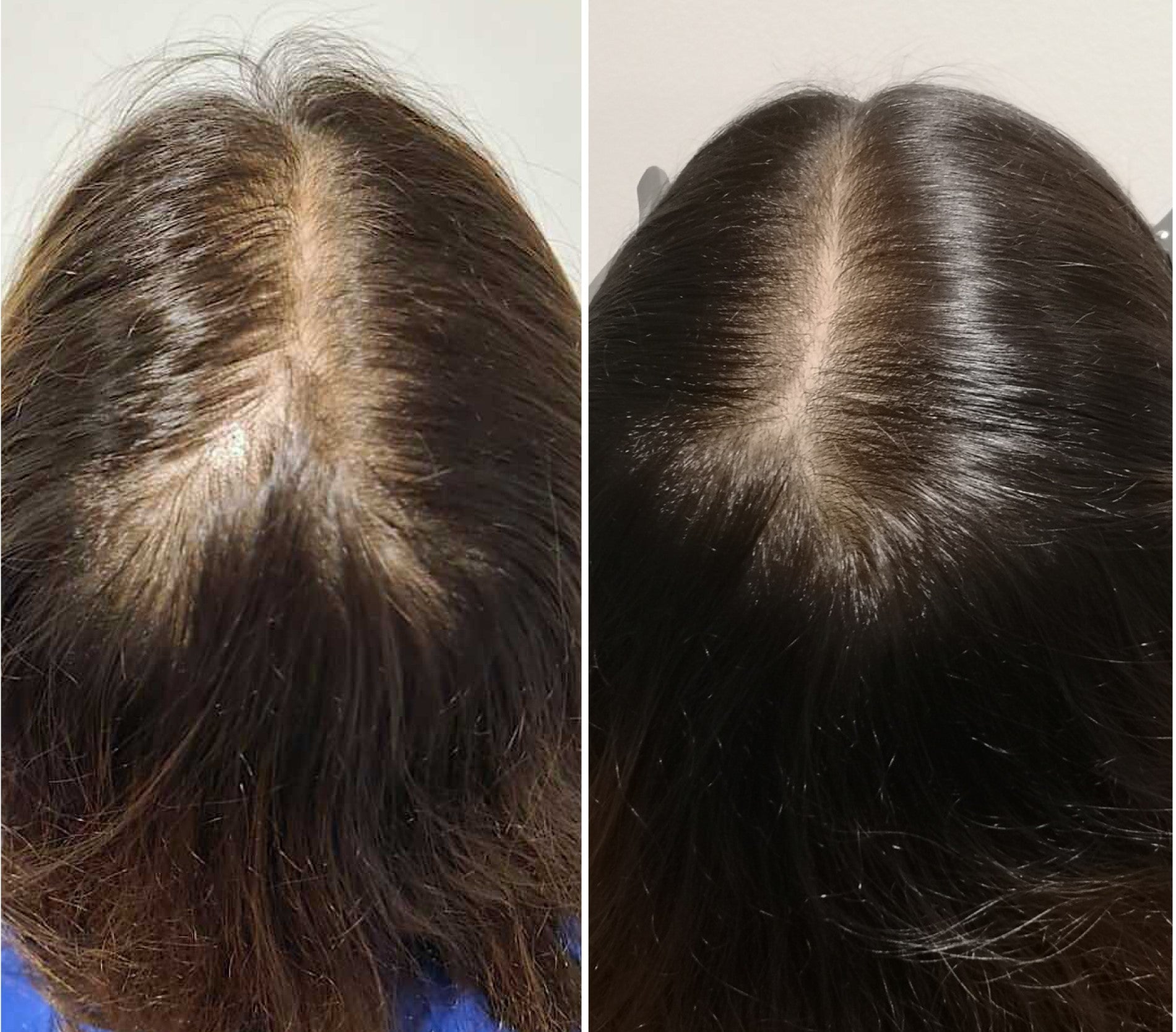PDT represents an innovative, non-invasive treatment that blends photosensitiser medication with light of a precise wavelength to eradicate several skin problems, precancerous lesions, and some cancer types. The treatment involves using a photosensitive lotion on the target area. The cream is absorbed by the unhealthy cells. When activated by light, the lotion produces reactive oxygen species that kill tumour cells yet protect nearby healthy tissue.
Conditions Treated with Photodynamic Therapy
Photodynamic Therapy for skin cancer treatment is extensively used for medical procedures and cosmetic treatments. It effectively treats:
Acne & Rosacea: PDT reduces inflammation and skin bacteria and controls excessive oil production.
Actinic Keratosis: Extended exposure to sunlight results in precancerous skin lesions on human skin.
Basal Cell Carcinoma: Skin Cancer with a common form represents one of the conditions PDT successfully treats.
Squamous Cell Carcinoma (Stage 0): The application of PDT works effectively for treating early stages of skin cancer.
Sun-Damaged Skin: PDT enhances the surface quality of skin by simultaneously lowering the visible signs of skin pigmentations.
Fine Lines & Wrinkles: The treatment stimulates collagen production, creating smoother and younger-looking skin.
Psoriasis & Eczema: By reducing inflammation, the treatment helps to minimise symptoms.
Precancerous & Cancerous Lesions: PDT is a TGA-approved treatment for various cancerous conditions.
Cancer and Precancers Treated with Photodynamic Therapy
Photodynamic Therapy for skin cancer is a TGA-approved therapeutic method for specific cancer types alongside facets of cancerous growths among them:
Actinic Keratosis: The human body develops this precancerous skin lesion due to UV rays from sunlight.
Advanced Cutaneous T-Cell Lymphoma: A rare form of skin cancer.
Barrett’s Esophagus: The development of oesophagal cancer becomes more likely in people with this condition.
Basal Cell Skin Cancer: A common and treatable form of skin cancer.
Esophageal (Throat) Cancer: The esophageal cancer cells become effective targets through PDT treatment.
Non-Small Cell Lung Cancer: Lung cancer patients at their early stages benefit from this treatment regimen.
Squamous Cell Skin Cancer (Stage 0): PDT effectively treats cancer cases at their initial stages because of its responsive nature.
How Photodynamic Therapy Treats Cancer
PDT functions through three fundamental methods to destroy tumour cells.
Cellular Destruction: The body produces oxygen radicals through light activation of photosensitisers, directly destroying abnormal cells.
Tumour Blood Vessel Damage: The PDT treatment damages blood vessels that supply tumour blood vessels, starving the tumours of nutrients to stop tumour expansion.
Immune System Activation: When cancer cells are destroyed, the body starts an immune reaction to detect and eliminate all remaining tumour cells.
The Photodynamic Therapy Process
The PDT procedure maintains a simple operational sequence.
Application of Photosensitizer: A light-sensitive medication is applied to the treatment zone.
Absorption Time: The drug requires abnormal cells to absorb it during an absorption period that runs from several hours to days, depending on the treated condition.
Light Activation: When photosensitisers receive activation through specific light wavelengths, they start to destroy cells that serve as targets.
Healing & Recovery: The body naturally clears away the damaged cells as it regenerates healthy new tissue.
Benefits of Photodynamic Therapy
The numerous benefits of PDT over conventional therapies make this treatment method more attractive for different medical applications.
Minimally Invasive: The treatment requires no surgical cuts to the body; thus, it reduces both medical dangers and recovery duration.
Precision Targeting: Photodynamic Therapy concentrates on a specific region, causing no harm to adjacent healthy tissues.
Effective for Multiple Conditions: PDT provides effective treatment for acne, sun damage, precancerous lesions and specific types of cancer.
Minimal Downtime: The majority of patients experience full recovery enough to resume their regular activities within several days.
Enhances Skin Rejuvenation: The laser treatment improves skin texture while reducing dark spots and stimulating collagen formation.
Medical procedures under this category allow multiple treatments for persistent skin care needs.
PHOTODYNAMIC THERAPY FACE – Aesthetic & Medical Benefits
The adoption of PHOTODYNAMIC THERAPY FACE treatments continues to grow across Australia since they deliver these specific advantages:
Treat acne and rosacea
Improve skin tone and texture
Reduce pigmentation and sunspots
Minimise fine lines and wrinkles
Non-invasive skin rejuvenation is a suitable alternative to laser therapy for individuals who wish to combine skin health improvements with medical benefits.
What to Expect During and After PDT
Before Treatment:
A medical examination by your doctor will establish whether PDT can effectively treat your skin condition.
A photosensitising agent is the first step when applied to the treatment area.
The absorption period for the agent requires several hours or days before completion.
During Treatment:
The photosensitiser will receive activation through a particular light source, either LED or laser.
The duration of PDT treatment ranges between 15 and 45 minutes, according to the size of the treatment area.
The treatment might result in mild skin sensitivity, tingling or burning sensations.
After Treatment:
The most frequent post-treatment indications comprise redness with mild swelling and peeling, which both disappear shortly after a few days.
Sunlight exposure should be avoided completely for 48 hours because the treated skin remains exceptionally sensitive to all forms of light.
In the following weeks, the treated skin improves in tone and texture while gaining clarity.
Book Your Consultation Now
Scheduling a consultation today will help you explore possible treatment options for Photodynamic Therapy. Our professional team will support you from start to finish to obtain optimal outcomes.
Conclusion
Photodynamic Therapy is an innovative medical approach for treating multiple skin problems, including precancerous growths and some skin cancers. PDT enables healthcare providers to precisely destroy unhealthy cells and simultaneously rejuvenate the skin, thus offering patients a minimally invasive solution for long-term results. Contact a specialist before PDT treatment to receive recommendations regarding your optimal treatment method.
Frequently Asked Questions
Is PDT Painful?
The procedure causes minor discomfort which patients typically experience as tingling or warmth sensations yet tolerate it well. Cooling procedures are effective ways to reduce brief discomfort.
How Many Sessions Are Required?
The treatment protocol includes different numbers of PDT sessions based on the specific medical condition under consideration. The treatment outcome differs between patients because some achieve their desired results after one session. Other patients can need multiple treatments to reach their best outcome.
Is PDT Safe for All Skin Types?
A consultation with a specialist determines whether PDT matches individual skin characteristics since it works for most skin types.
What Are the Risks of PDT?
The typical side effects from PDT treatment are short-lived redness of the skin together with skin peeling and heightened sensitivity to sunlight. Professional providers who perform this treatment rarely cause serious side effects to occur.

